Isernia - Chiesa di Santa Chiara
2018
La chiesa di Santa Chiara, insieme al monastero omonimo, è stata fondata nel 1275. Allo stato attuale, però, non esistono più tracce dell'edificio originario. Nel 1809 il monastero fu soppresso, mentre verso la fine del secolo un terremoto danneggiò seriamente la chiesa, che per questo fu chiusa al culto; la riapertura avvenne il 10 ottobre 1910. Durante la Prima guerra mondiale, l'ex edificio monasteriale servì da alloggio a prigionieri austriaci e ungheresi. La chiesa custodisce la statua dell'Addolorata che, durante la processione del Venerdì Santo, viene trasportata dai portantini subito dietro a quella del Cristo morto.
You may also like
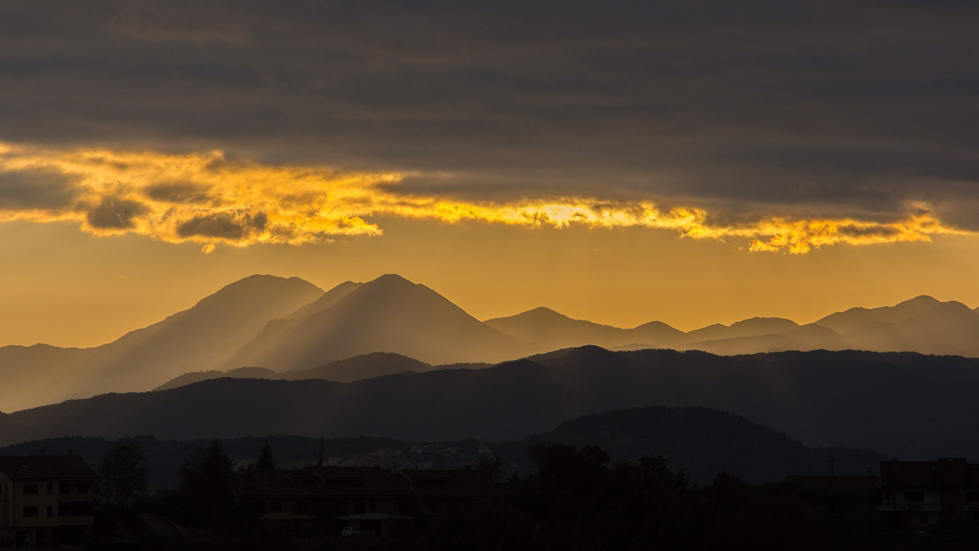
2018
Tramonti molisani
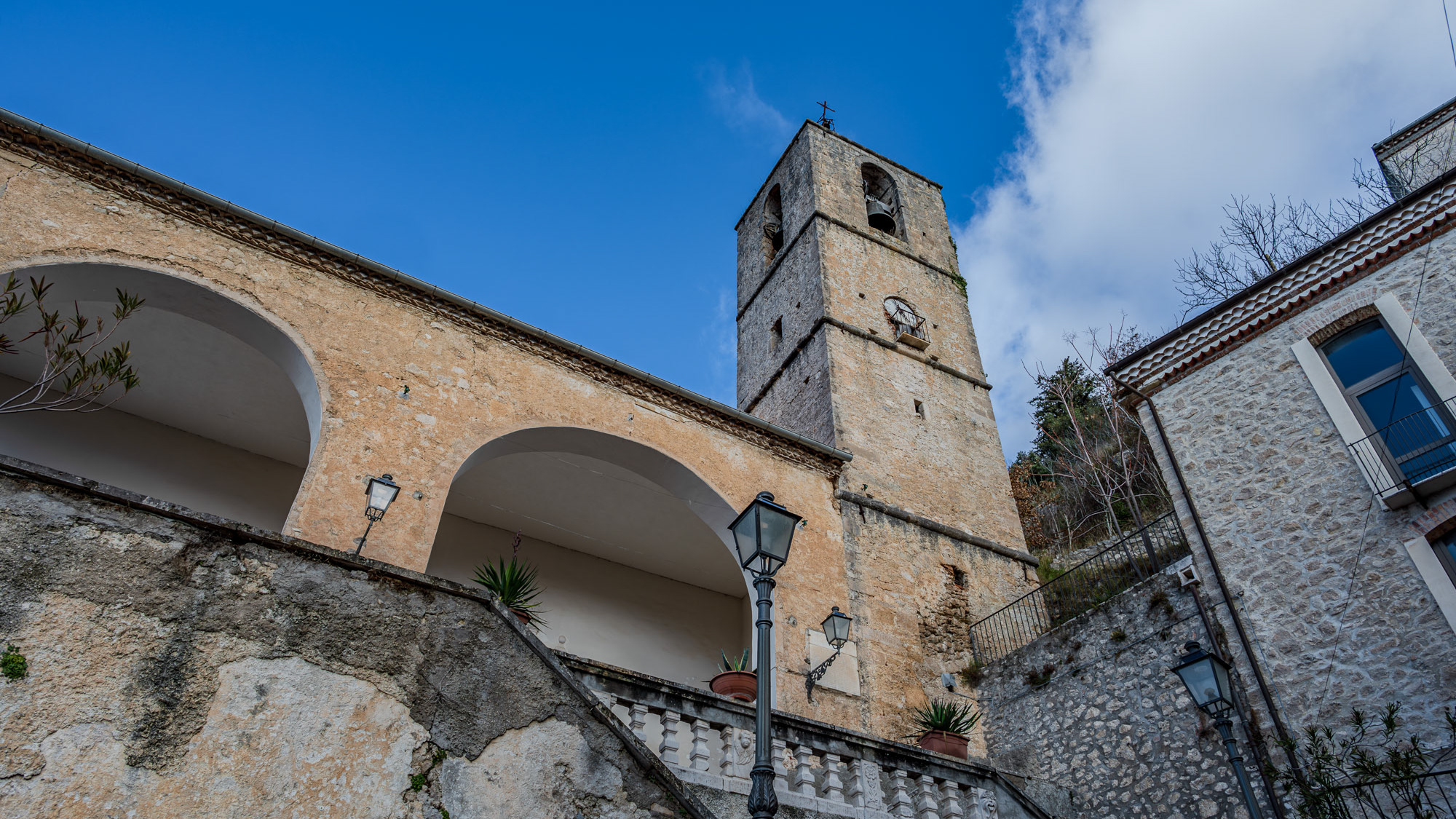
2025
Pesche. Church of San Michele Arcangelo
The church has two naves and a rectangular plan, the perimeter wall is made of stone and is plastered. The entrance to the church is from an external staircase that leads to a loggia.
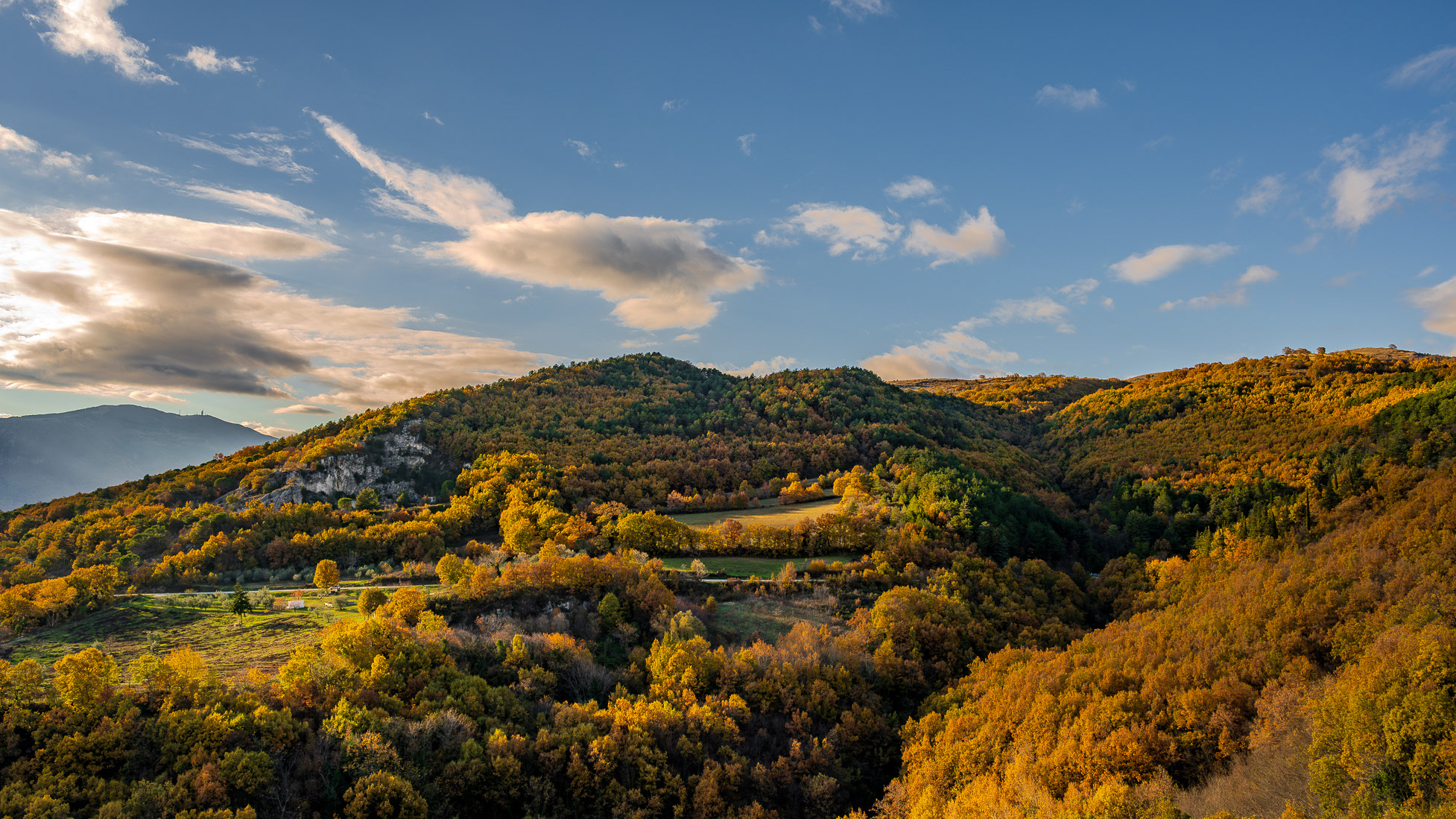
2024
Spectacular autumn landscape
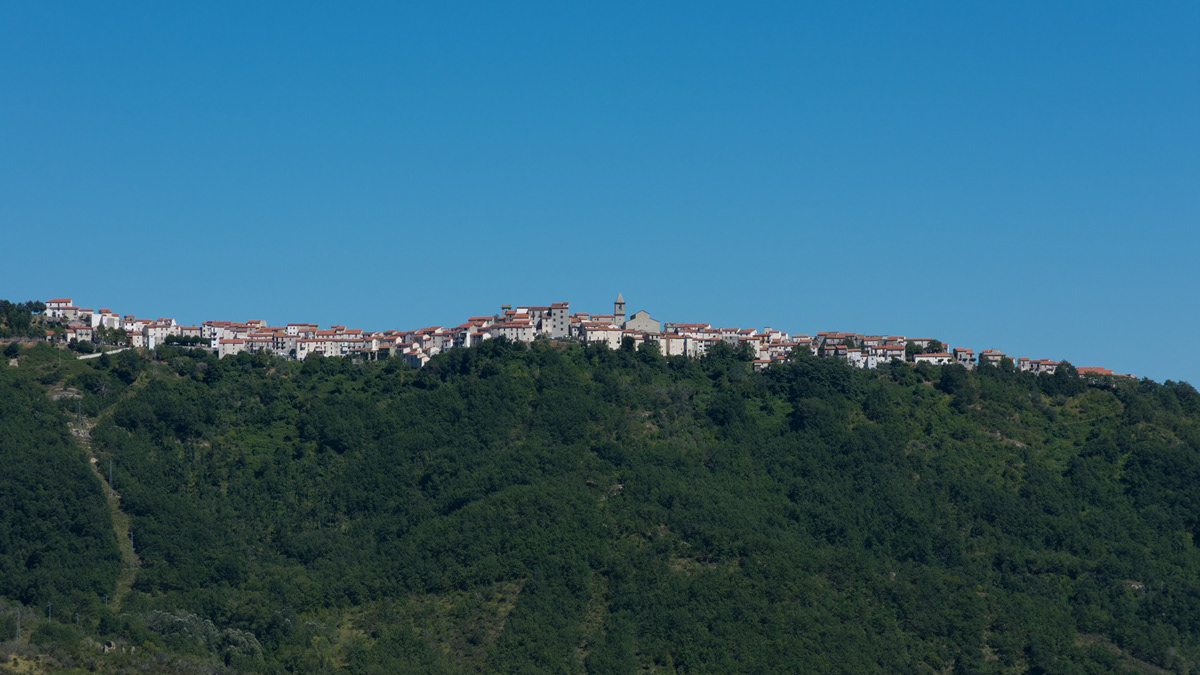
2016
Poggio Sannita (IS)
Poggio Sannita (Caccavone in dialetto poggese) è un comune italiano di 639 abitanti della provincia di Isernia in Molise.
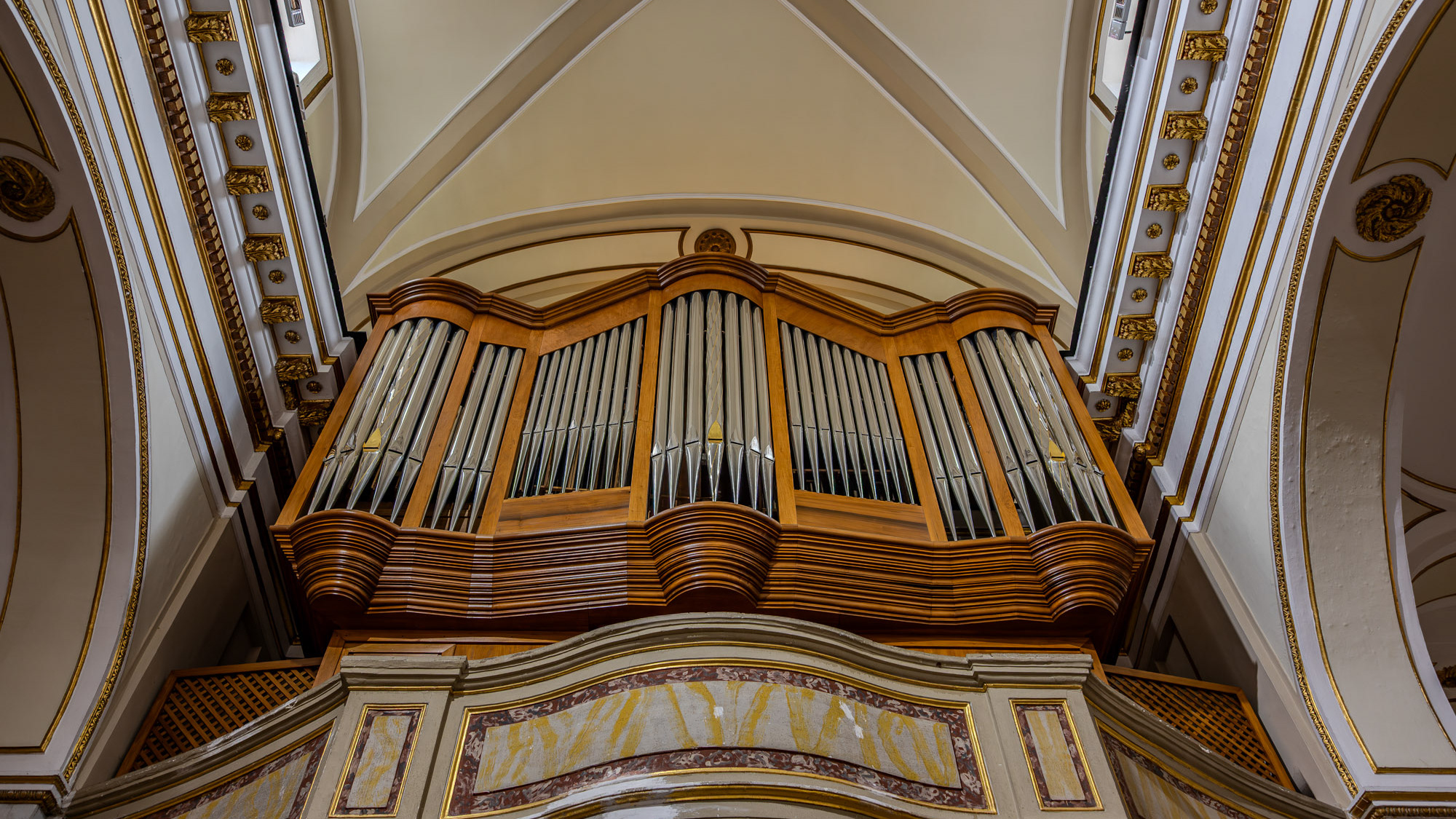
2025
Isernia. Cathedral of St. Peter the Apostle 26.04.25
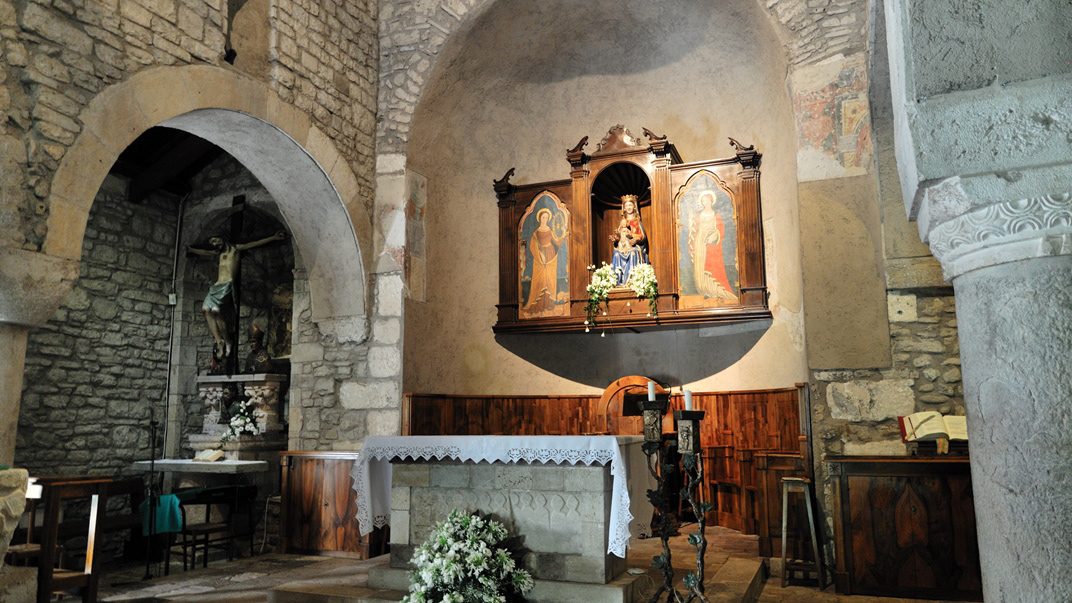
2015
Roccavivara (CB) Santuario della Madonna del Canneto
La chiesa giunta ai nostri giorni risale ai secoli XI-XII, ha pianta a croce latina, con tre absidi. La facciata non ha elementi decorativi rilevanti, se non un bassorilievo sulla lunetta del portale. Nei muri esterni della chiesa sono inserite lapidi e varie iscrizioni di epoca romana e medievale, mentre, sulla destra, si leva una possente campanile, ultimato nel 1329 ad opera dell'Abate Nicola, consistente in una torre merlata di stampo gotico con trifore sulle arcate. L'interno della chiesa è austero e a tre navate, ciascuna terminante con un'abside semicircolare. Lungo la navata centrale è collocato un pregevole ambone, finemente decorato, realizzato nel 1223, in parte con materiali di reimpiego più antichi. L’ambone è sostenuto da tre archi disuguali e, sotto il parapetto, si aprono sette piccole edicole: quella centrale doveva sostenere un’aquila che, con le sue ali spiegate, fungeva da leggio. Le altre sono occupate da sei monaci in altorilievo, intenti alle attività che rappresentano la regola monastica dell’ora et labora. Dietro l'altare maggiore è collocata la statua della Madonna di Canneto, risalente al XIV secolo, in stile gotico, e conosciuta anche come la Vergine del Sorriso. Nell’area adiacente la chiesa, sono presenti scavi archeologici che hanno riportato alla luce resti di una Villa romana del I secolo d.C.
2022
Capracotta, winter 2022
Capracotta is an Italian town of 833 inhabitants in the province of Isernia, in Molise. It suffered great destruction during the Second World War and from the second half of the twentieth century it developed on the tourist level as a Molise ski resort together with Campitello Matese. Located at 1,421 meters above sea level, it is, from a geographical point of view, one of the highest areas of the Apennines as well as being the highest municipality in Molise. The town is located on the parallel 41 ½ and on the meridian of Castel dell'Ovo and extends between the countryside of Pescopennataro and Sant'Angelo del Pesco to the north, that of Agnone to the east, of Vastogirardi to the south and S. Pietro Avellana and Castel del Giudice. The highest point in the municipal area is the summit of Monte Campo at 1746 m a.s.l. Downstream of the town, towards the south, are the sources of the Verrino, a tributary of the river Trigno. Just outside the town, on the road to Pescopennataro, is the "Garden of Apennine Flora", a high altitude botanical garden that collects notable floral and tree species from central and southern Italy. Capracotta is an important climatic and ski resort. It has two important facilities: one for alpine skiing, in Monte Capraro, with a chairlift; the other for cross-country skiing in Prato Gentile: the latter facility was the site of the Absolute Italian Cross-Country Skiing Championships in 1997.
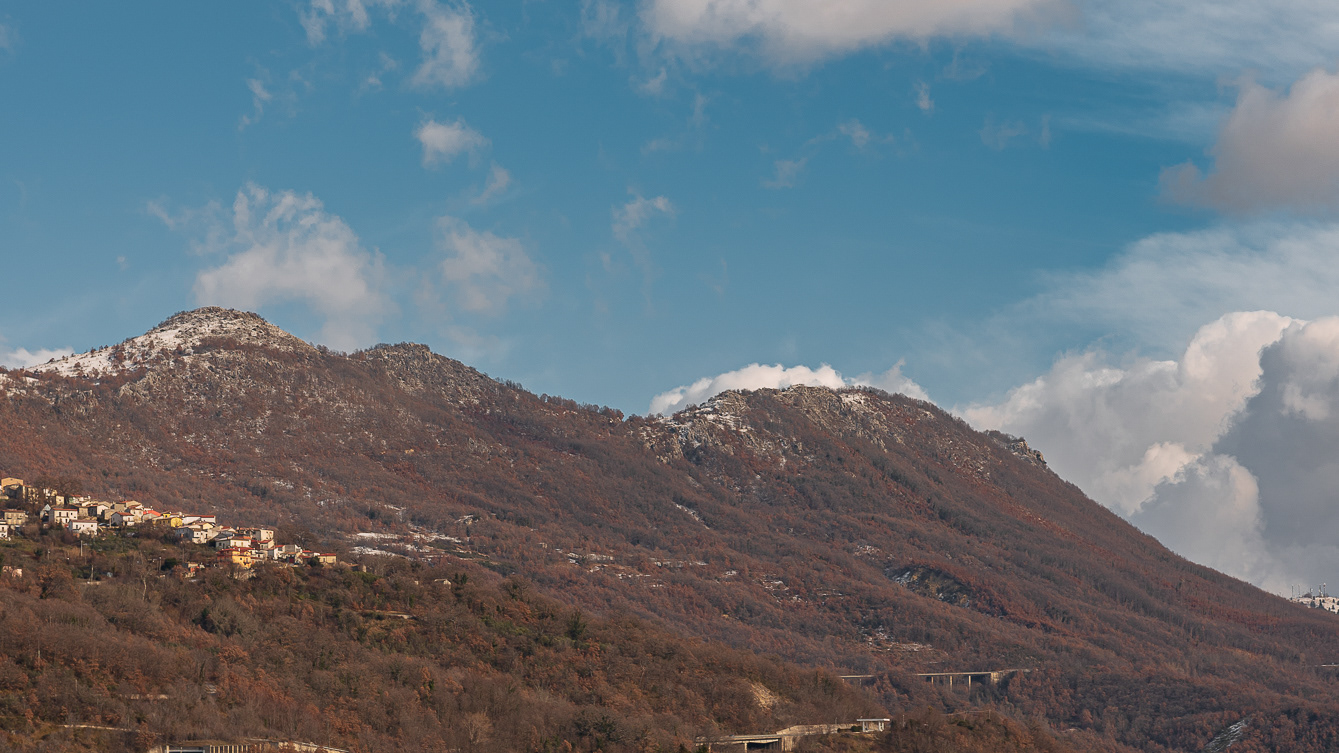
2022
Cerro al Volturno. Winter 2022
Cerro al Volturno (Cièrrë in Molise) is an Italian town of 1 194 inhabitants in the province of Isernia in Molise, about 20 km from the border with Abruzzo. The municipality is also simply called Cerro because of its territory rich in oak woods, among which the Cerro, Quercus cerris, stands out. The Cerrese territory is on the border with the National Park of Abruzzo, Lazio and Molise. The climate is mainly of the Apennine type: cool and rainy autumn, cold and snowy winter and mild summer. The town was founded by the Samnites (III century BC), of which fortifications remain at Mount Santa Croce. In medieval times the hill of the present village was colonized by peasants (9th century), since the fiefdom depended on the nearby Abbey of San Vincenzo al Volturno. The origin of the community itself is linked to the influence of the abbey of San Vincenzo al Volturno, one of the oldest Benedictine monasteries in the Kingdom of Naples and in the land of San Pietro, together with Montecassino and Farfa. Cerro already existed since 899, as evidenced in the Chrnicon Vulturnense, when Roffredo, abbot of San Vincenzo led the first peasant colony to cultivate the lands in the place of Cerrum, from the name of the oak trees. The 11th century Norman castle was later owned by the Filangieri, Borrello and Cantelmo di Popoli family, until the 15th century, when it passed to the Pandone family, who renovated it extensively. In the following centuries the feud belonged to various families, including the Carafa. In 1811 the village passed to the territory of Benevento, and only in 1861 was it included again in Molise, first linked to the territory of Piedimonte Matese, and then to the area of Castellone Volturno, i.e. Castel San Vincenzo. Since 1970 it has been part of the province of Isernia.
2022
Archaeological complex of the Cathedral of Isernia.
This complex testifies to what remains of the Italic temple from the second half of the third century. BC, preserved thanks to the fact that what is now the cathedral of Isernia was built on it.
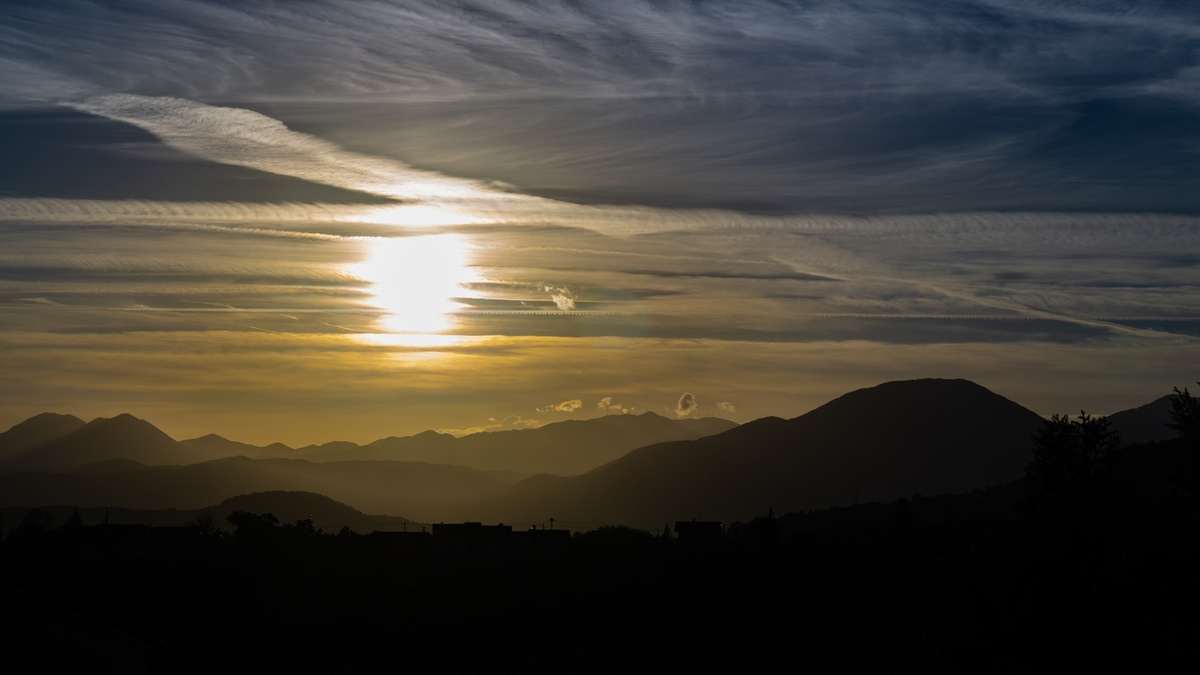
2018
Tramonto sulle Mainarde
